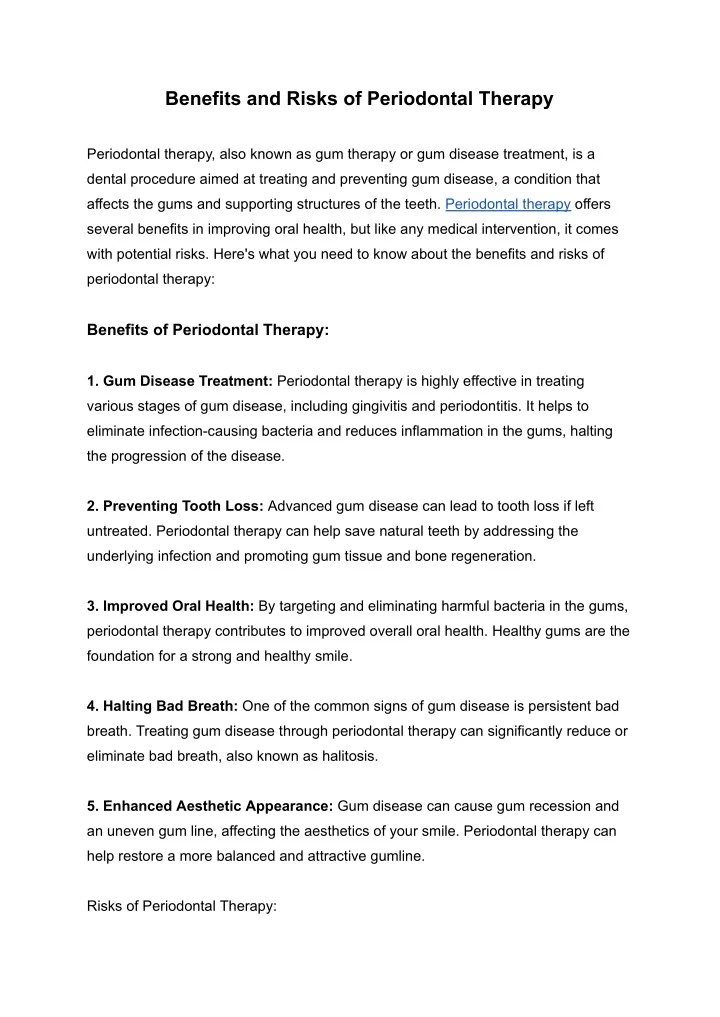AI-Powered Therapy: Balancing Benefits And Surveillance Risks

Table of Contents
The Benefits of AI in Mental Healthcare
AI is rapidly transforming mental healthcare, offering several key advantages:
Accessibility and Affordability
AI-powered tools are democratizing access to mental healthcare. Traditional therapy often presents significant barriers: high costs, geographical limitations, and long waitlists. AI-driven solutions circumvent these obstacles.
- Increased Accessibility: Individuals in remote areas or underserved communities can access mental health support via apps and online platforms, overcoming geographical limitations.
- Cost-Effectiveness: AI-powered therapy can be significantly more affordable than traditional in-person therapy, making it accessible to low-income individuals. Many apps offer tiered pricing or free versions with limited features.
- Examples: Apps like Woebot and Youper leverage AI to provide accessible and affordable cognitive behavioral therapy (CBT) techniques.
Personalized Treatment Plans
AI algorithms excel at analyzing vast amounts of data, including patient symptoms, responses to treatment, and lifestyle factors. This allows for the creation of highly personalized treatment plans.
- Data-Driven Insights: AI can identify patterns and trends in patient data that might be missed by human clinicians, leading to more effective treatment strategies.
- Tailored Interventions: Personalized treatment plans can be adjusted dynamically based on patient progress, ensuring optimal outcomes.
- Example: An AI system could analyze a patient's sleep patterns, mood fluctuations, and activity levels to identify triggers for anxiety and adjust their CBT exercises accordingly.
24/7 Availability and Reduced Stigma
AI-powered therapy offers unparalleled convenience and accessibility. Chatbots and virtual assistants are available 24/7, providing immediate support whenever needed. This constant availability can also reduce the stigma associated with seeking mental health help.
- Anytime, Anywhere Access: Patients can access support at their convenience, eliminating the need for scheduled appointments and reducing scheduling conflicts.
- Anonymity and Convenience: AI-powered platforms often offer a greater degree of anonymity than traditional therapy, making it easier for individuals to seek help without fear of judgment.
- Example: An AI-powered chatbot can provide immediate support during a panic attack, offering coping mechanisms and calming techniques until professional help can be sought.
Surveillance Risks Associated with AI-Powered Therapy
Despite the benefits, AI-powered therapy raises significant ethical and privacy concerns:
Data Privacy and Security
The use of AI in mental healthcare necessitates the collection and analysis of highly sensitive personal data. This raises serious concerns about data breaches and the potential misuse of this information.
- Data Breaches: Cybersecurity breaches could expose confidential patient information, leading to identity theft, discrimination, or emotional distress.
- Data Protection: Robust data encryption, anonymization techniques, and strict access controls are crucial to safeguarding patient privacy.
- Regulations: Compliance with data privacy regulations like GDPR (General Data Protection Regulation) and HIPAA (Health Insurance Portability and Accountability Act) is paramount.
Algorithmic Bias and Discrimination
AI algorithms are trained on data, and if that data reflects existing societal biases, the AI system will likely perpetuate those biases. This could lead to unfair or discriminatory outcomes in treatment.
- Bias in Training Data: Biased datasets can result in AI systems that are less effective or even harmful for certain demographic groups.
- Perpetuation of Biases: AI could inadvertently discriminate against individuals based on race, gender, socioeconomic status, or other factors.
- Mitigation: Careful selection and curation of training data, along with ongoing monitoring for bias, are crucial to ensuring fairness and equity.
Lack of Human Oversight and Emotional Intelligence
AI currently lacks the emotional intelligence and nuanced understanding of human behavior necessary to provide truly comprehensive mental healthcare. Over-reliance on AI without adequate human oversight could be dangerous.
- Misinterpretations: AI systems may misinterpret patient communications, leading to inappropriate or ineffective interventions.
- Limited Empathy: AI cannot fully replicate the empathy and human connection crucial for effective therapy.
- Human Oversight: Human clinicians should always be involved in the oversight and interpretation of AI-generated insights to ensure patient safety and well-being.
Striking a Balance: Ethical Considerations and Best Practices
To harness the benefits of AI-powered therapy while minimizing its risks, a careful balance must be struck:
Transparency and Informed Consent
Transparency regarding data collection and usage is essential. Patients must provide informed consent regarding how their data will be used and shared.
- Data Collection Policies: Clear and concise explanations of data collection practices should be provided to patients.
- Informed Consent Procedures: Patients should be fully informed about the potential risks and benefits of using AI-powered therapy tools before providing consent.
- Consent Documentation: Detailed records of informed consent should be maintained.
Regulation and Oversight
Clear regulations and oversight mechanisms are needed to ensure the ethical and responsible development and deployment of AI-powered therapy tools.
- Regulatory Bodies: Regulatory bodies should establish clear guidelines for the development, testing, and deployment of AI-powered mental healthcare tools.
- Ongoing Monitoring: Continuous monitoring and evaluation are essential to identify and address potential risks and biases.
- Accountability: Mechanisms should be in place to hold developers and providers accountable for ensuring the safety and efficacy of AI-powered therapy systems.
Human-Centered AI Development
The development of AI-powered therapy must prioritize human needs and well-being. Collaboration between AI developers, clinicians, and ethicists is crucial.
- Human-in-the-Loop Systems: AI systems should be designed with human oversight and intervention capabilities.
- Ethical Considerations: Ethical considerations should be integrated into every stage of the AI development lifecycle.
- Collaborative Approach: Collaboration between different stakeholders is vital to ensure that AI-powered therapy is developed and deployed responsibly.
Conclusion
AI-powered therapy holds immense potential for improving access to and personalization of mental healthcare. However, significant ethical and privacy concerns, particularly those related to surveillance, must be addressed. The benefits of increased accessibility, affordability, and personalized treatment plans must be carefully weighed against the risks of data breaches, algorithmic bias, and the limitations of AI in understanding complex human emotions. As AI-powered therapy continues to evolve, it's crucial to engage in informed discussions about its benefits and risks. Let’s work together to ensure that AI-powered therapy is used responsibly and ethically, maximizing its potential while minimizing its dangers.

Featured Posts
-
 High Bids For Kid Cudis Possessions At Recent Auction
May 15, 2025
High Bids For Kid Cudis Possessions At Recent Auction
May 15, 2025 -
 Dodgers Muncy Finally Hits First Home Run Of 2025
May 15, 2025
Dodgers Muncy Finally Hits First Home Run Of 2025
May 15, 2025 -
 Predicting The Padres Vs Yankees Series San Diegos Shot At A 7 Game Victory
May 15, 2025
Predicting The Padres Vs Yankees Series San Diegos Shot At A 7 Game Victory
May 15, 2025 -
 More Executive Changes At Foot Locker Analyzing The Future
May 15, 2025
More Executive Changes At Foot Locker Analyzing The Future
May 15, 2025 -
 San Diego Padres Streaking Into The Cubs 2025 Home Opener
May 15, 2025
San Diego Padres Streaking Into The Cubs 2025 Home Opener
May 15, 2025
